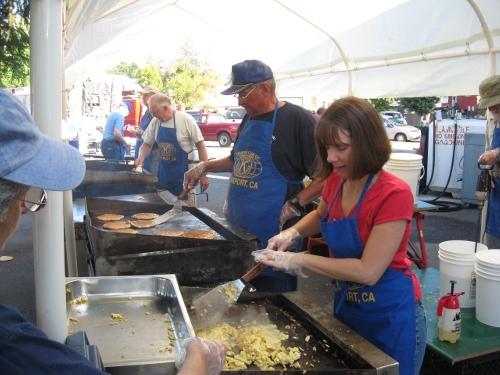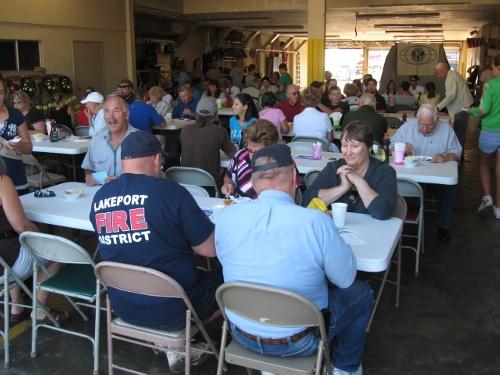- Editor
- Posted On
High temperatures heat up vehicles in summer
SAN FRANCISCO – As area residents enjoy some welcome hot weather, AAA Northern California is warning motorists about heat-related dangers and offering advice for how to beat the heat.
In extreme heat such as the current weather, a parked car can become a virtual oven. The combination of extreme heat, direct sunlight and closed windows can heat a car up to about 190 degrees Fahrenheit. To put that in perspective, health experts advise that chicken should be cooked to 175 degrees Fahrenheit.
“While many people are enjoying the hot weather, it’s important to remember this kind of heat can also cause expensive damage to cars and make breakdowns more likely,” said AAA Northern California spokesperson Jenny Mack.
AAA Northern California encourages motorists to follow some easy tips to prevent drivers from being injured and reducing the damage caused to your car by extreme heat.
Using a reflective sunshade in the windshield can cool the interior of a car by an average of 43 degrees. Sunshades reflect sunrays by blocking the sunlight coming through the windshield, helping to reduce the heat and block 99 percent of damaging UV rays. Also, a sunshade can help protect a car's interior, preventing possible fading, cracking or discoloration.
Here are some other easy tips to follow to protect your car from the hot summer sun:
Park in the shade whenever possible.
Use a fabric-based steering wheel cover to help protect your hands.
Open doors and let the air circulate in the car for a few minutes before getting into the car.
Set your air conditioner to regular or fresh air before switching to maximum cooling.
Motorists should also do a complete checkup of the vehicle for conditions that often develop into problems in hot weather.
Areas to check include:
Tires: Examine tires for uneven and excessive tread wear. Make sure all tires, including the spare, are properly inflated.
Belts and hoses: With the engine off, look for worn or cracked belts and damaged, blistered or soft hoses.
Antifreeze/coolant: Inspect the antifreeze/coolant level and condition. Make sure the proper 50/50 mixture of water and coolant is present.
Motor oil and lubricants: Check the oil and lubricant levels and condition. If you are planning to drive in extreme conditions such as hot weather or while towing a heavy trailer, switch to motor oil with higher viscosity. Check your owner's manual for specific oil and lubricant recommendations.
In addition to performing the automotive checkup described above, AAA suggests motorists carry an emergency kit in case of breakdown. The kit should include a flashlight with extra batteries, a warning device such as flares or reflective triangles, heavy gloves, water, coolant, jumper cables, and a first-aid kit. A cellular phone provides an easy way to call for emergency assistance.
When driving in extreme heat, it’s also important to pack enough water for all passengers in the event your car experiences an unexpected breakdown. And of course, don’t forget your AAA card when hitting the road in hot weather.









